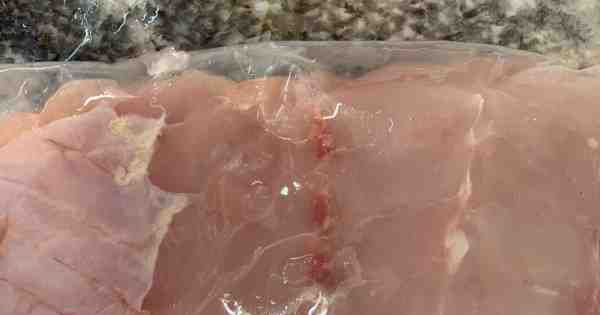Sporotrichum carnis is the most common cause of white spot. meat. molds cause the oxidation of fats. action of meat enzymes themselves during aging or maturation, anaerobic production of fatty acids or lactic acid with bacterial action.
Is white mold safe to eat?
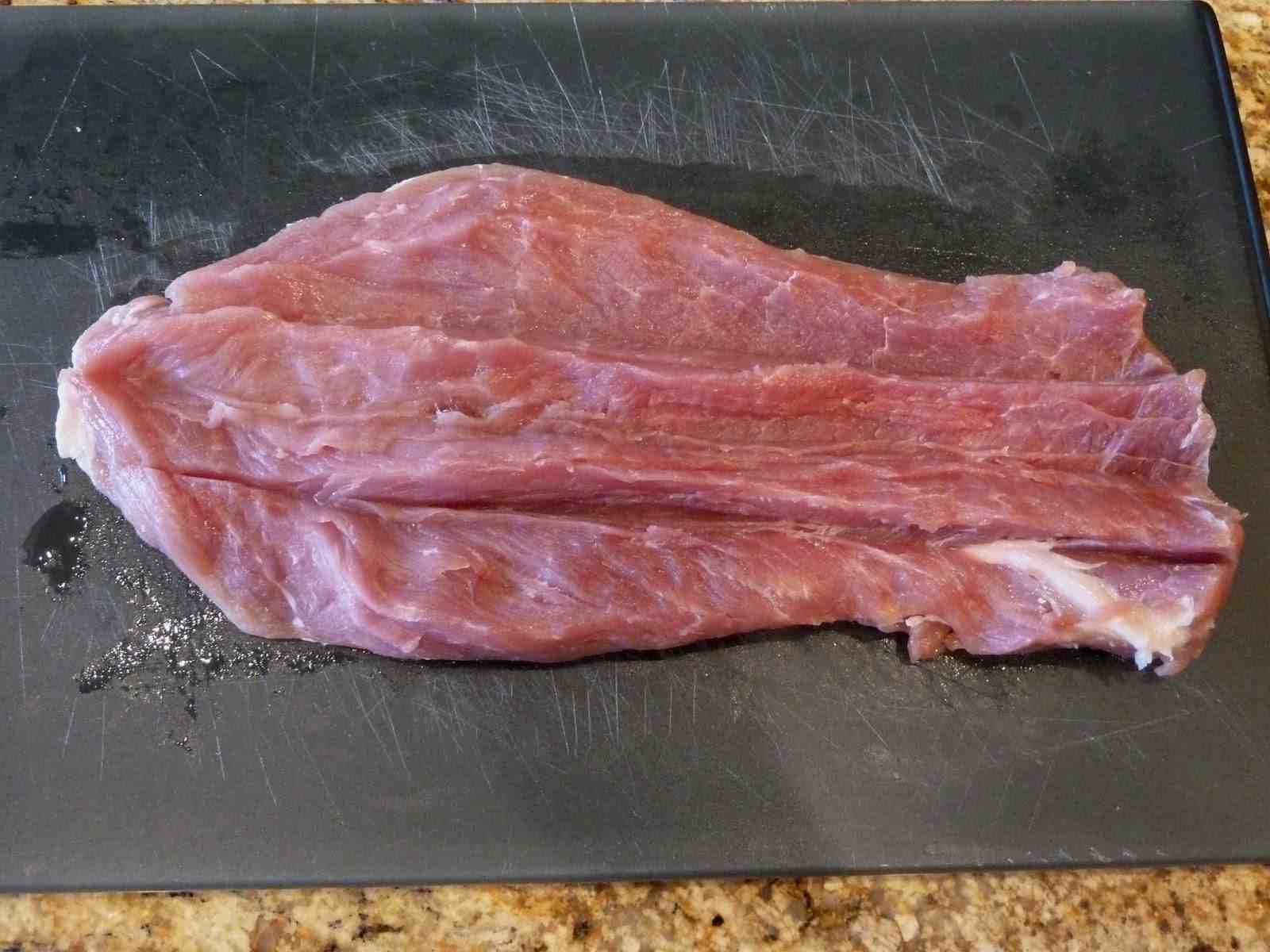
Fresh meat and poultry are generally free of mold, but cured and cooked meat may not be. Examine them carefully. To see also : What happens if you cook spoiled pork?. Exceptions: Some salamis – San Francisco, Italian and Eastern European types – have a characteristic thin, white mold coating that is safe to consume; however, they must not show any other mold.
What if you eat white mold? The short answer is no, you probably won’t die from eating mold; you will digest like any other food, and as long as you have a relatively strong immune system, the most you experience is nausea or vomiting due to the taste / idea of what you have just eaten.
What type of mold is safe to eat?
As long as you rub the mold off your cured ham, it’s safe to eat. On the same subject : Is it OK to eat discolored pork chops?.
- Low-moisture solid fruits and vegetables such as carrots, cabbage, and bell peppers can handle a little mold. …
- Certain moldy cheeses, such as Gorgonzola, are good to eat, even if you notice mold.
Is it safe to eat a little mold?
Don’t worry: swallowing fuzzy green stuff will probably not harm your body. The most awful part about eating mold is probably realizing that you ate the mold. Even if it can make you gag, being totally graded is typically the worst thing that results.
Can you remove mold from food and still eat it?
So it should be safe to cut around the affected area and eat the rest of the block. But she advises cutting with a margin of a few centimeters, just to be on the safe side. But many other foods, including bread with mold, are best discarded as the mold is more likely to be growing beyond the areas you can see.
Can I remove the mold and eat?
So it should be safe to cut around the affected area and eat the rest of the block. But she advises cutting with a margin of a few centimeters, just to be on the safe side. Read also : Can you eat oxidized pork?. But many other foods, including bread with mold, are best discarded as the mold is more likely to be growing beyond the areas you can see.
Does heat kill mold?
Does Heat Kill Mold? While heat kills mold, this is not an effective way to treat a problem at home. You need temperatures between 140 ° F and 160 ° F to kill the mold, which can also start a fire. Despite this, many people mistakenly think that raising the heat will take care of their issue.
What happens if you cook moldy food?
What makes it difficult is that often, toxins are resistant to heat. This means that cooking moldy food will kill the molds, but it will not destroy the hazardous chemicals. They remain in food, undisturbed.
Can you eat white mold?
Fresh meat and poultry are generally free of mold, but dried and cooked meat may not be. Examine them carefully. Exceptions: Some salamis – San Francisco, Italian, and Eastern European types – have a characteristic coating of thin, white mold that is safe to consume; however, they must not show any other mold.
Is white mold safe?
Like many types of mold, white mold spoils the structural integrity of a home or building by eating its foundation – like fungal termites. Like black mold, white mold can cause many health problems, such as respiratory infections, dizziness, allergic reactions, headaches, and eye and skin irritations.
Can white mold affect humans?
As is the case with all species and types of mold, white mold is dangerous, as exposure to it can result in a variety of health problems. Health issues that can cause white mold include allergies, eye irritation, skin irritation, headaches, respiratory infections, nausea, and dizziness.
How long can food sit out?
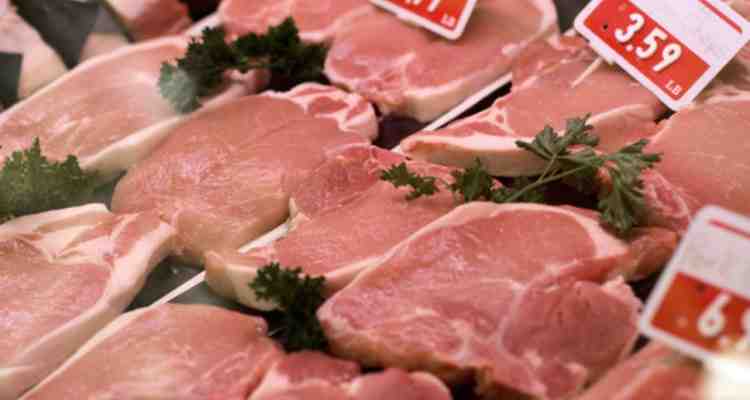
HOURS is the MAXIMUM time that perishable food should be at room temperature (HOURS at temperatures of 90 degrees F and above). This INCLUDES the time you are at the table during your meal. Only ONE bacterium, which doubles every 20 minutes, can grow to over 2,097,152 bacteria in 7 hours!
Can I eat food that I left out overnight? The USDA says food left out of the refrigerator for more than two hours should be discarded. At room temperature, bacteria grow incredibly fast and can make you sick. Reheating something that has been at room temperature for more than two hours will not be safe from bacteria.
Is it safe to eat food left out for 4 hours?
The FDA recommends that all perishable items left at room temperature for more than two hours be disposed of. Bacteria grow fastest between 40 degrees Fahrenheit (4.4 degrees Celsius) and 140 degrees Fahrenheit (60 degrees Celsius), doubling in amount every 20 minutes.
How many hours food can be left out?
To practice food safety, quickly freeze perishable foods, such as meat, poultry, fish, milk and eggs. Do not allow them to stand for more than two hours in a typical room temperature or more than one hour in temperatures above 90 F (32 C).
What happens if you eat meat that has been left out?
The most common symptoms are nausea, vomiting, abdominal cramps, and prostration. Some individuals may not always show all the symptoms associated with the disease. In more severe cases, headaches, muscle cramps, and changes in blood pressure and pulse rate may occur. Recovery usually takes two days.
Is 6 hours too long for food to sit out?
Myth: Do not put hot food in the refrigerator. Perishable foods should be placed in a refrigerator at 40 degrees or less within two hours of preparation. If you leave the food outside to cool and forget about it after two hours, discard it.
Is food left out for 4 hours still good?
Food kept between 5oC and 60oC for less than two hours may be used, sold or refrigerated for later use. Food kept at 5oC to 60oC for 2-4 hours may still be used or sold, but may not be refrigerated. Foods kept at 5oC to 60oC for 4 hours or more must be discarded.
Is 5 hours too long to leave food out?
Bacteria grow the fastest in the temperature range between 40 ° F and 140 ° F, doubling in number in less than 20 minutes. This range of temperatures is often referred to as the “Danger Zone.” Never leave food outside in the fridge for more than two hours.
What happens if you eat food that was left out?
If that food is “perishable” – meaning food that needs to be refrigerated to prevent bacteria from multiplying at room temperature – then foodborne illness is possible if the food is “abused by temperature”. . ” When contaminated food is left outside for more than two hours at room temperature, Staph aureus begins to grow and will …
How long can food sit out and still be safe to eat?
How Long Will Food Be Safe? After dinner, ordering or packing your leftovers from a meal at a restaurant, that food should be refrigerated within two hours, according to the United States Department of Agriculture (USDA). ).
Can I eat cooked food left out overnight?
Foods cooked at room temperature are in what the USDA calls the “Danger Zone,” which is between 40 ° F and 140 ° F. In this temperature range, bacteria grow quickly and food can become unsafe to eat, so it should be left out for no more than two hours.
What happens if you eat spoiled meat?
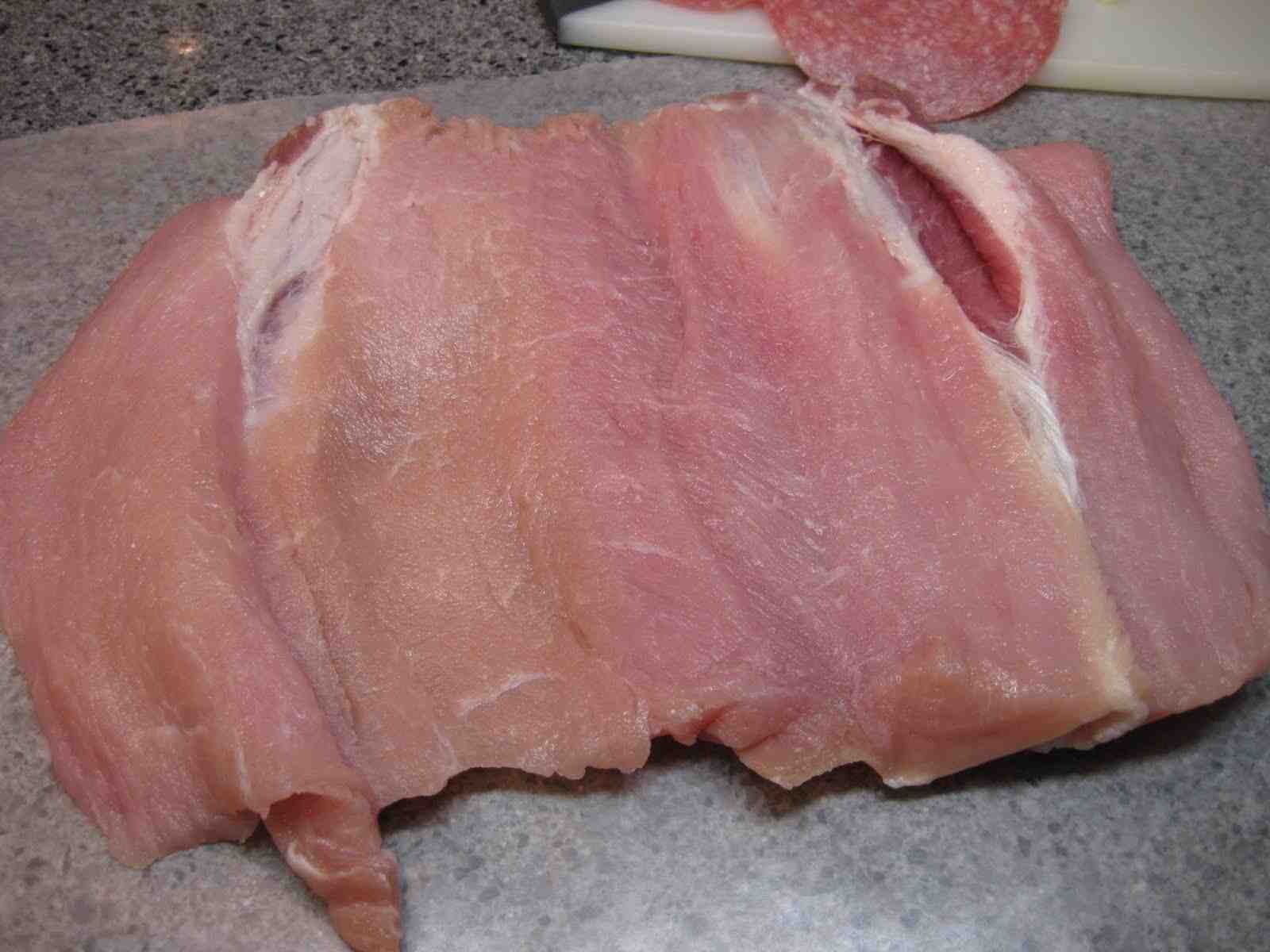
If you eat meat that has been contaminated with these bacteria, you will probably end up with food poisoning. According to the Mayo Clinic, symptoms of food poisoning include nausea, vomiting, fever, abdominal pain and other gastrointestinal issues. Certain strains of pathogenic bacteria are known to cause bloody diarrhea.
How soon after eating mold do you get sick?
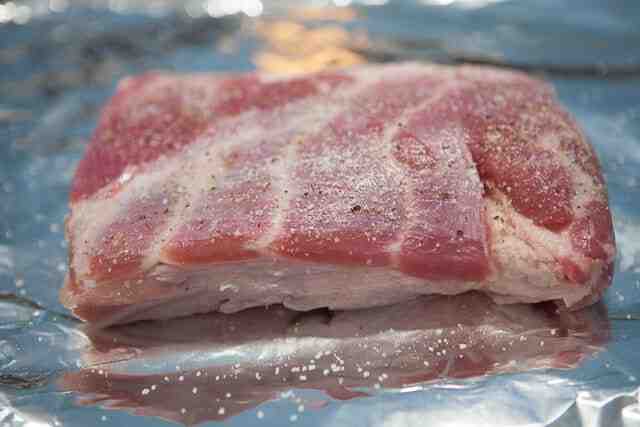
Q: How long will it take after I eat mold bread? If you end up getting sick by eating bad bread, it will happen within a few hours. Bread mold can cause nausea, vomiting, diarrhea, and other symptoms.
What should I do if I accidentally eat mold? It may be okay.â € However, in some cases, mold found on spoiled food can be dangerous, so if you suddenly develop symptoms such as shortness of breath, nausea, high temperature or diarrhea, you should immediately seek medical help.
How do you know if you have eaten mold?
Watch out for symptoms such as food poisoning such as nausea, vomiting and diarrhea. Individuals suffering from asthma or other respiratory problems should look for signs of an allergic reaction. If you have consumed moldy food and are concerned about your health, contact your doctor immediately.
Will I get sick if I accidentally ate moldy bread?
The Bottom Line. Do not eat mold on bread or from bread with visible spots. The roots of the mold can spread quickly through the bread, though you can’t see them. Eating moldy bread can make you sick, and inhaling spores can cause breathing problems if you have a mold allergy.
What can happen if you eat moldy bread?
Fortunately, eating a few bites of contaminated bread may not be enough to make you sick. Mold is a microscopic fungus that can contain disease-causing toxins. Bread mold is likely to contain harmful bacteria as well. As soon as you notice the mold, discard the rest of the bread.
Should I be worried if I ate moldy bread?
Ingesting moldy bread is unlikely to be harmful, but that doesn’t mean you have to risk it. Take a good look at your bread before you consume it. If you accidentally eat a bite or two of bread mold, don’t panic. Just throw the whole loaf away and relax.
What are the white spots on corned beef?
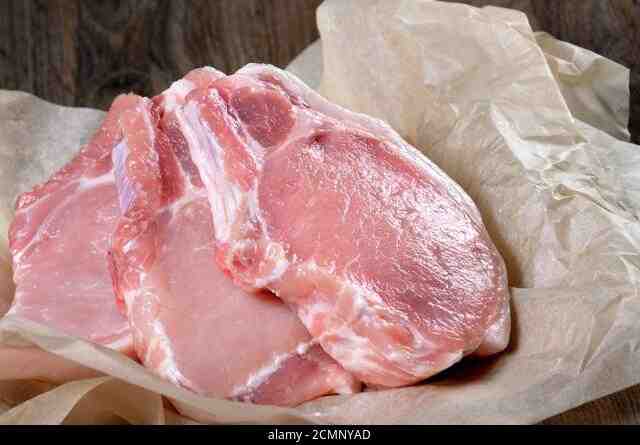
These foods may contain coagulated fat deposits that may appear as white specks / pieces.
How do you tell if corned beef has gone bad? Unlike most foods, corned beef should be moist and sour and muddy. If the meat smells bad or has a dull texture, discard it. This means you should not eat it if it is sour. Some signs of bad corned beef include an unpleasant odor and muddy texture.
What are the white dots on my meat?
What are the dried white patches on frozen meat and poultry? White patches indicate frostbite. The product remains safe to eat, but cold-burned areas will be dry and tasteless and can be trimmed if desired.
What are the white dots on my food?
Your bread or cheese doesn’t have to be all green and fuzzy to be bad – white spots are a good indicator that the rotting process has also begun. Some say that eating bad cheese can’t hurt you because cheese is by definition milk has gone wrong.
What is the white stuff on my steak?
There is elastin, the protein that makes silver skin and ligaments. This is the stuff you think of as a gritle. No matter how cooked, elastin will be chewy and rubbery. The best thing to do is to remove as much of it as possible before cooking.
What’s the white stuff on corned beef?
It is a gelatin formed from water and meat proteins, primarily collagen. More or less the same substance as aspic, although “aspic” usually refers to an intentionally created dish of this stuff, rather than just forming it as a by-product of canning.
What is the white stuff in my ground beef?
In ground beef, the signs you will discover depend on how badly it is spoiled. If they feel muddy, it will start to go wrong. 6ï »¿ï» ¿The sludge on the surface is caused by the accumulation of bacterial cells. 7ï »¿ï» ¿If it smells funky or off, it’s dirty.
What is the jelly on corned beef?
Jellied corned beef is a specialty dish that is made from corned beef that is mixed with gelatin and poured into a loaf shape. Unformed bread can be set with cold cuts and other dishes in a buffet, and can also be cut into slices for sandwiches.
What is the white stuff that comes out of meat when you cook it?
White goo is primarily water and protein. Protein from poultry meat is easily digested, which means that it is quickly denatured through the cooking process, thus leaking water, resulting in a soluble protein.
What is the white stuff on my steak?
There is elastin, the protein that makes silver skin and ligaments. This is the stuff you think of as a gritle. No matter how cooked, elastin will be chewy and rubbery. The best thing to do is to remove as much of it as possible before cooking.
What is the white stuff that comes out of beef?
This dirt is made up of protein. Meat contains muscle fibers (actin and myosin proteins) as well as some loose proteins floating in the fluids in the meat (cell plasma). When cooking meat, high-protein fluids are expelled (so overcooking makes the meat dry).
Sources :
